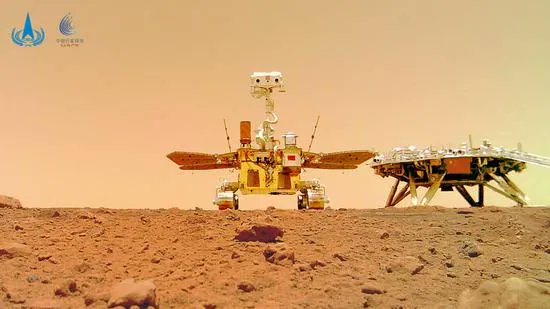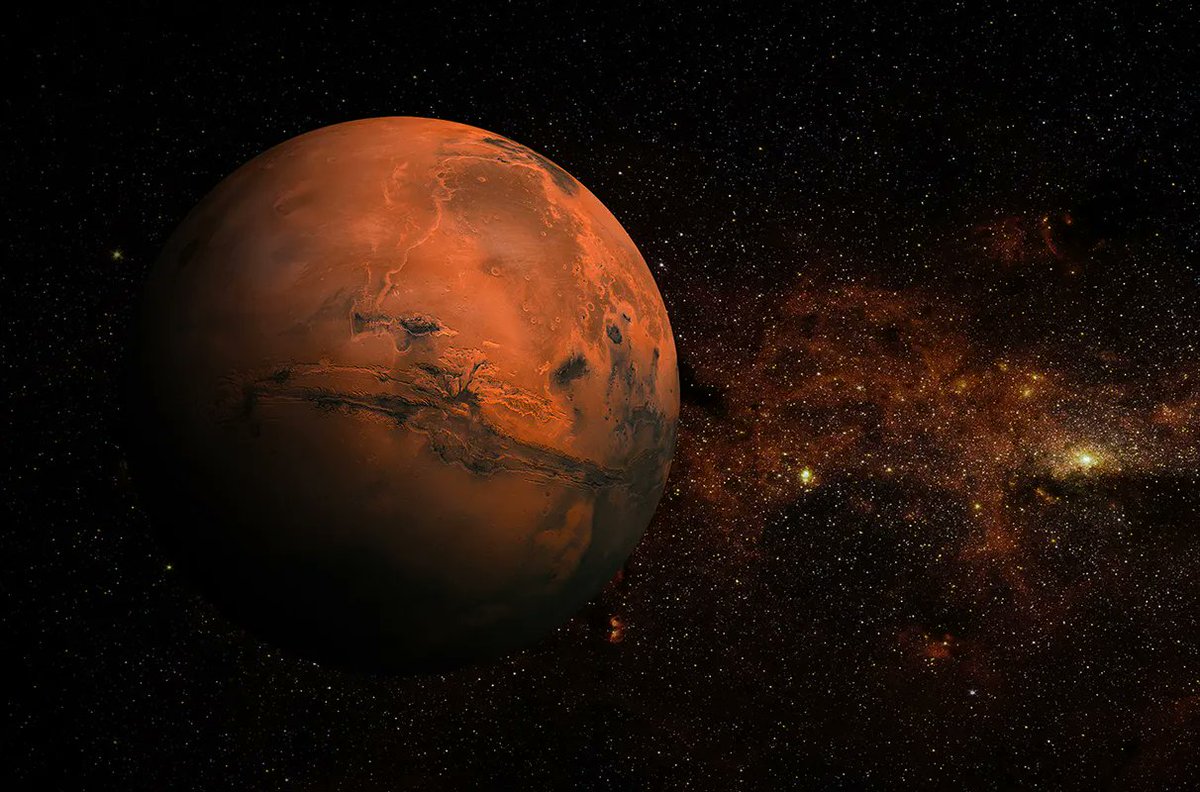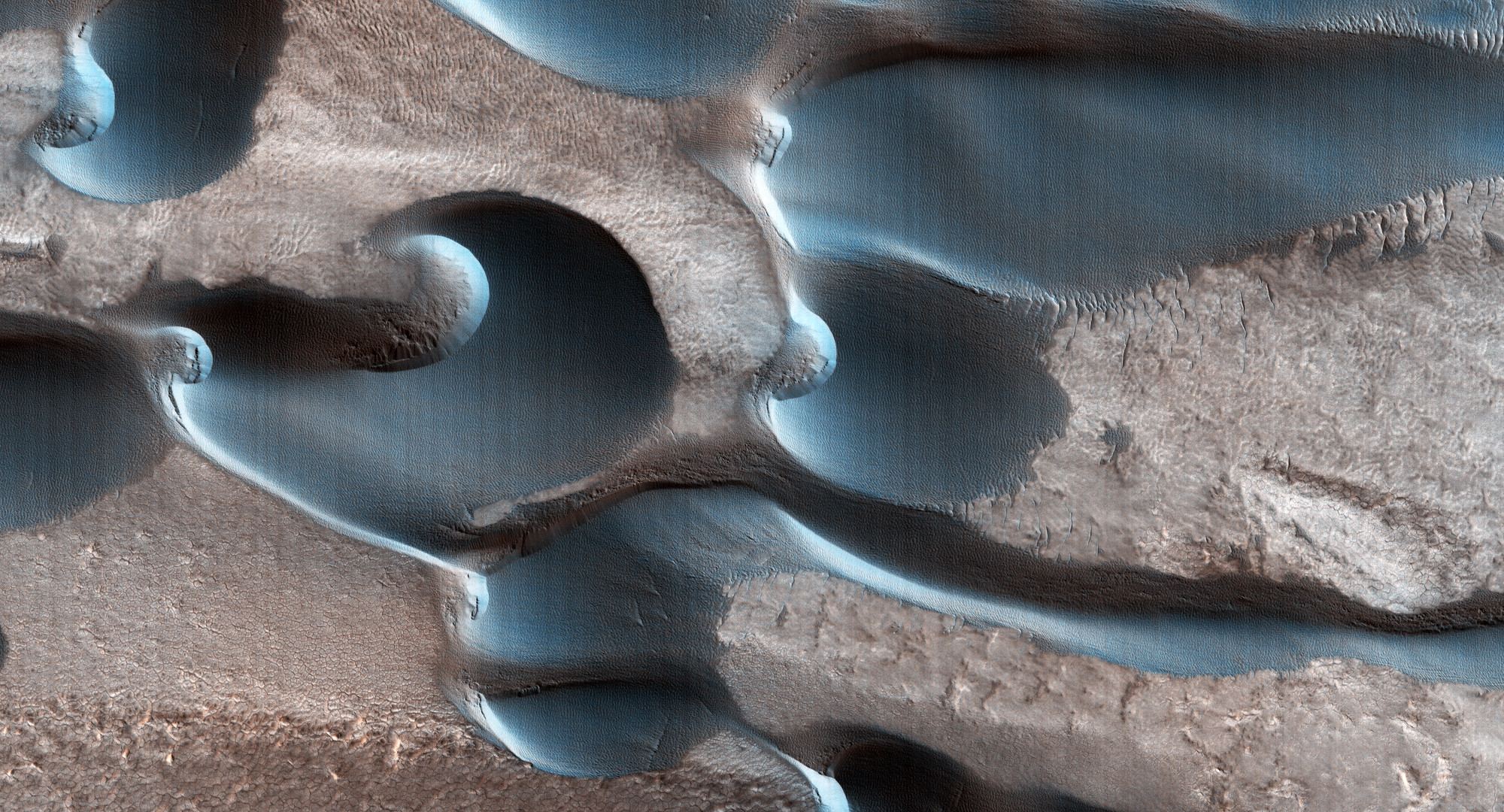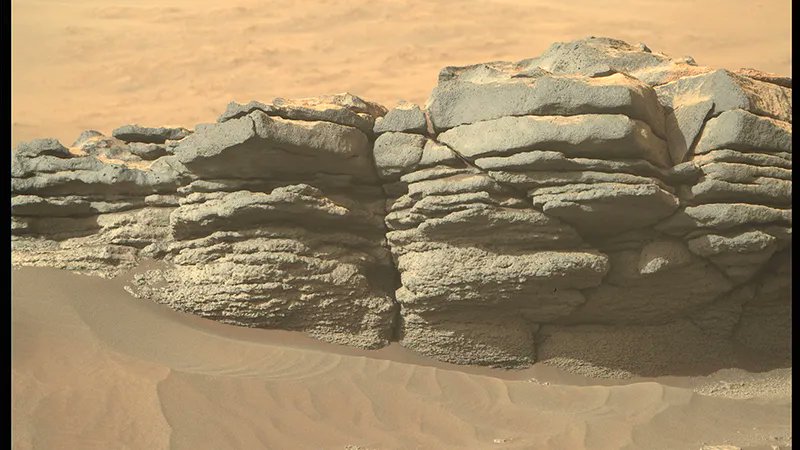Mars exploration has been ongoing for decades at this point, and some regions of the planet have become more interesting than others. Of particular interest is a basin known as Utopia Planitia. It was the site of the Viking-2 landing, one of the first-ever successful missions to Mars. From data collected during that mission, scientists developed a theory that the crater that formed Utopia might have been the site of an ancient ocean. New results from China’s Zhurong rover point to an even more exciting past – repeated flooding.
Continue reading “China’s Zhurong Rover Looks Deep Underground and Sees Layers From Multiple Floods on Mars”Mars Rocks Have the Right raw Ingredients to 3D Print Everything From Tools to Rocket Parts
3D printing will be an absolutely critical technology as space exploration starts to take off. Initially, it will be impossible to individually manufacture every tool needed to create and sustain infrastructure in space. The only option will be to build some of those tools in space itself, in no small part, because it could potentially take months or even years to get to any area where the tools are manufactured. So any tool that can be created in situ is the best option available for early space explorers. Using materials like Martian regolith to 3D print those tools has long been an area of ongoing research. Now a team from Washington State University has successfully printed some tools using simulated Martian regolith, and they seem to work – up to a point.
Continue reading “Mars Rocks Have the Right raw Ingredients to 3D Print Everything From Tools to Rocket Parts”Webb Turns its Infrared Gaze on Mars

The James Webb Space Telescope (JWST) is the most complex and sophisticated observatory ever deployed. Using its advanced suite of infrared instruments, coronographs, and spectrometers – contributed by NASA, the European Space Agency (ESA), and the Canadian Space Agency (CSA) – this observatory will spend the next ten to twenty years building on the achievements of its predecessor, the venerable Hubble. This includes exoplanet characterization, star and planet formation, and the formation and evolution of the earliest galaxies in the Universe.
However, one of the main objectives of the JWST is to study the planets, moons, asteroids, comets, and other celestial bodies here in the Solar System. This includes Mars, the first Solar planet to get the James Webb treatment! The images Webb took (recently released by the ESA) provide a unique perspective on Mars, showing what the planet looks like in infrared wavelengths. The data yielded by these images could provide new insight into Mars’ atmosphere and environment, complimenting decades of observations by orbiters, landers, rovers, and other telescopes.
Continue reading “Webb Turns its Infrared Gaze on Mars”InSight Heard Four Meteoroids Crash Into Mars
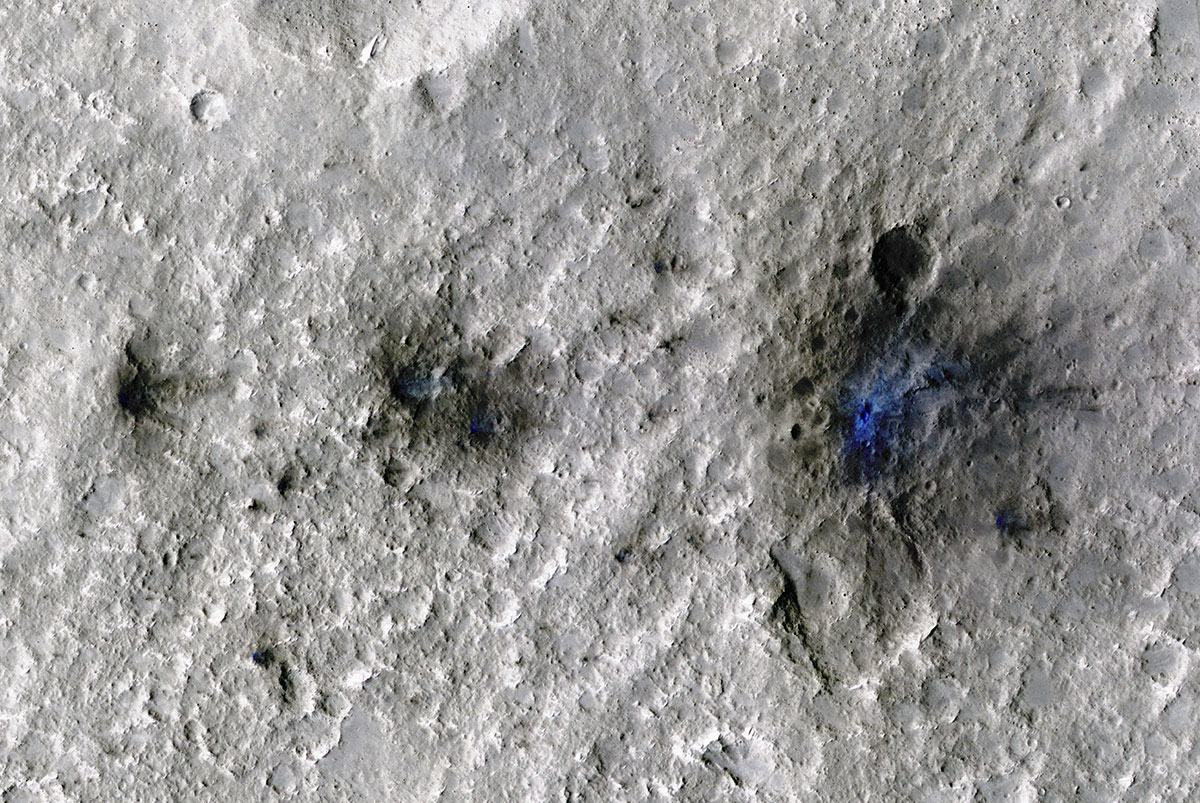
For the first time, a spacecraft has detected acoustic and seismic waves from impacts on Mars. NASA’s InSight lander made the detections from four meteoroids that crashed on Mars in 2020 and 2021. Ever since the mission landed on the Red Planet in 2018, scientists have been hoping to be able to detect impacts with InSight’s seismometer, which was mainly designed to sense Marsquakes. But these impacts are the first the lander has detected.
Continue reading “InSight Heard Four Meteoroids Crash Into Mars”Mars Might Have Been Covered in Lakes in the Ancient Past
Ever since robotic explorers began visiting the Red Planet during the 1960s and 70s, scientists have puzzled over Mars’ surface features. These included flow channels, valleys, lakebeds, and deltas that appear to have formed in the presence of water. Since then, dozens of missions have been sent to Mars to explore its atmosphere, surface, and climate to learn more about its warmer, wetter past. In particular, scientists want to know how long water flowed on the surface of Mars and whether it was persistent or periodic in nature.
The ultimate purpose here is to determine whether rivers, streams, and standing bodies of water existed long enough for life to emerge. So far, missions like Curiosity and Perseverance have gathered volumes of evidence that show how hundreds of large lakebeds once dotted the Martian landscape. But according to a new study by an international team of researchers, our current estimates of Mars’ surface water may be a dramatic understatement. Based on a meta-analysis of years’ worth of satellite data, the team argues that ancient lakes may have once been a very common feature on Mars.
Continue reading “Mars Might Have Been Covered in Lakes in the Ancient Past”Without Water and Life, Geology on Mars is Driven by the Wind
On Earth, we all know what changes our landscapes: water and wind erosion, tectonic activity, and volcanism. Today on Mars, wind-driven erosion is hard at work. Wind is an inexorable sculptor everywhere. And, it might have created places where planetary scientists and astrobiologists hunt for traces of primordial Martian life today.
Continue reading “Without Water and Life, Geology on Mars is Driven by the Wind”Perseverance Has Collected Samples from One of the Best Places to Search for Ancient Life on Mars

Scientists with NASA’s Perseverance Mars rover said today that the rover has collected several “tantalizing” organic rock samples from an ancient river delta on the Red Planet. These samples have now been stowed for a planned future mission that hopes to retrieve the specimens and bring them back to Earth for the first-ever sample return from Mars.
Continue reading “Perseverance Has Collected Samples from One of the Best Places to Search for Ancient Life on Mars”Mars did Have Moving Glaciers, but They Behaved Differently in the Planet's Lower Gravity
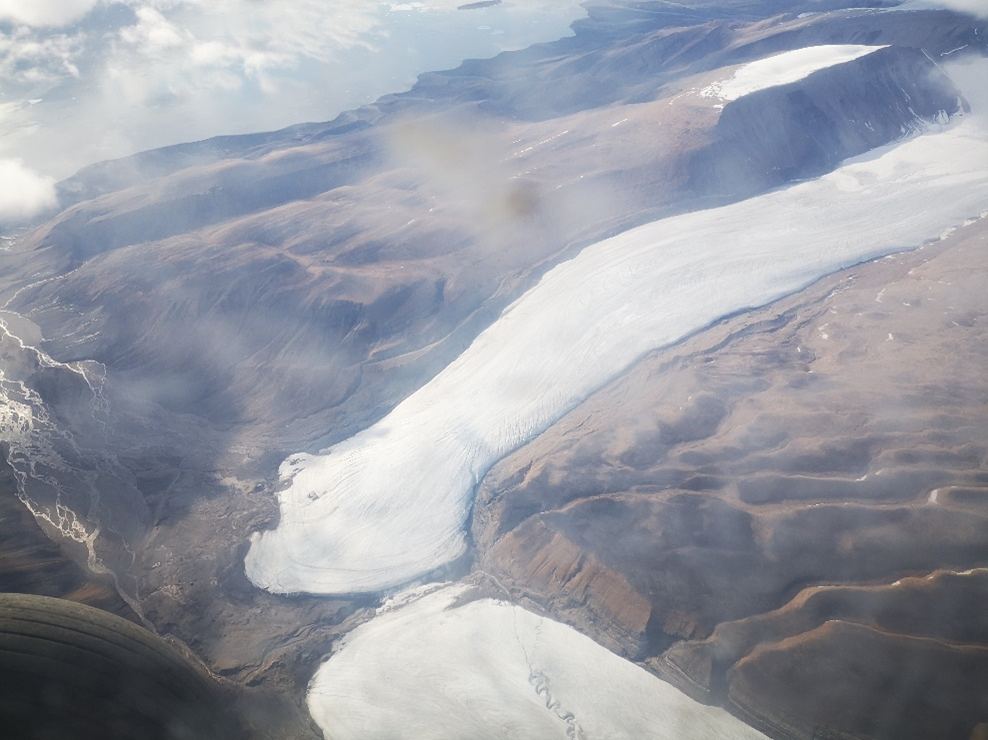
On Earth, shifts in our climate have caused glaciers to advance and recede throughout our geological history (known as glacial and inter-glacial periods). The movement of these glaciers has carved features on the surface, including U-shaped valleys, hanging valleys, and fjords. These features are missing on Mars, leading scientists to conclude that any glaciers on its surface in the distant past were stationary. However, new research by a team of U.S. and French planetary scientists suggests that Martian glaciers did move more slowly than those on Earth.
Continue reading “Mars did Have Moving Glaciers, but They Behaved Differently in the Planet's Lower Gravity”Beautiful Dunes on Mars, Sculpted by Swirling Winds
This interesting image from the HiRISE camera on the Mars Reconnaissance Orbiter shows a field of fascinating dunes called barchan dunes. These dunes have formed along a cliff in Chasma Boreale, in the North Pole of Mars.
Continue reading “Beautiful Dunes on Mars, Sculpted by Swirling Winds”Some Sand on Mars is Green, Showing That it was Once wet
Green sand might sound like a strange thing to find on the Red Planet, but that is exactly what a new paper from researchers led by a team at Purdue found in images from Perseverance.
Continue reading “Some Sand on Mars is Green, Showing That it was Once wet”
